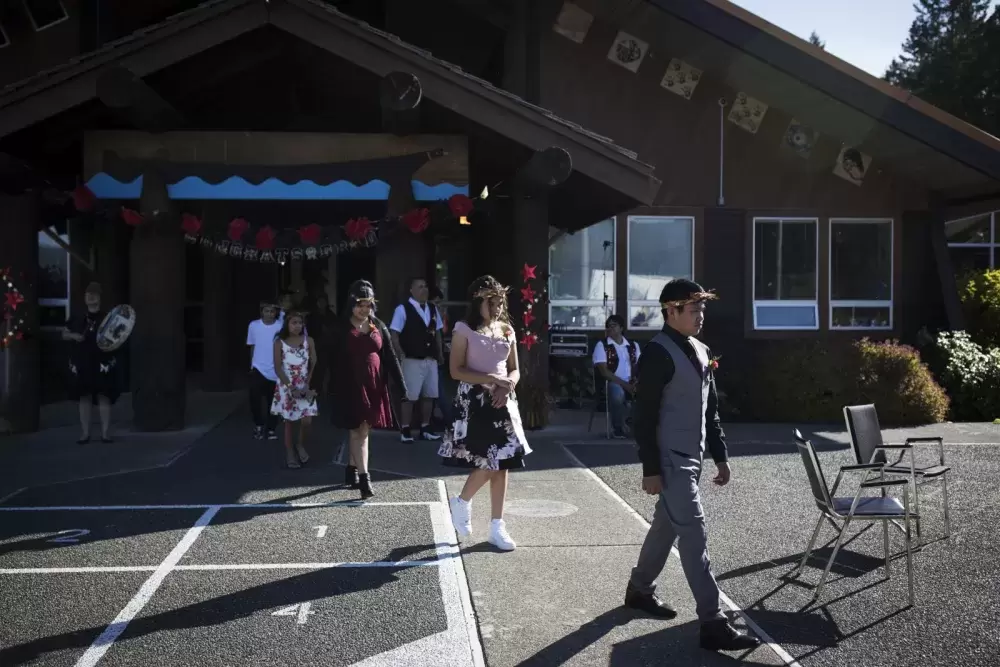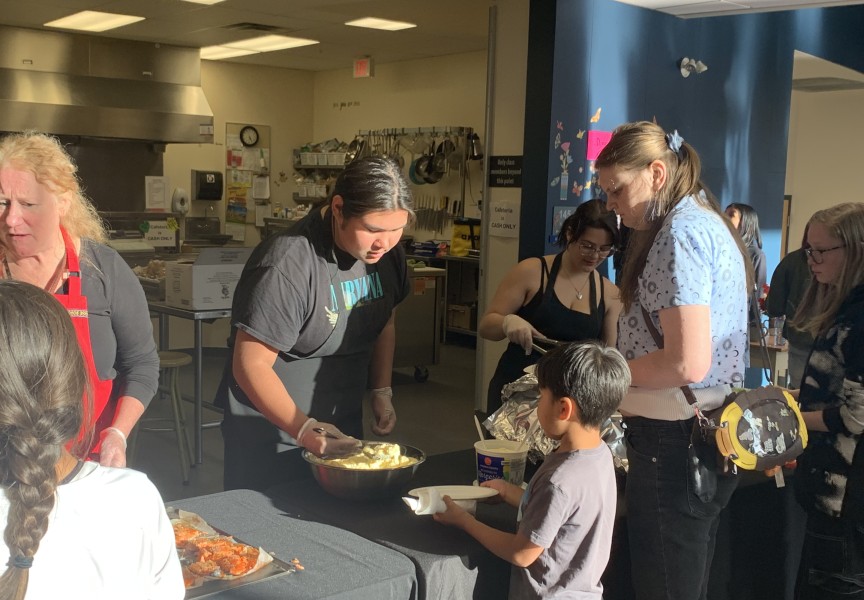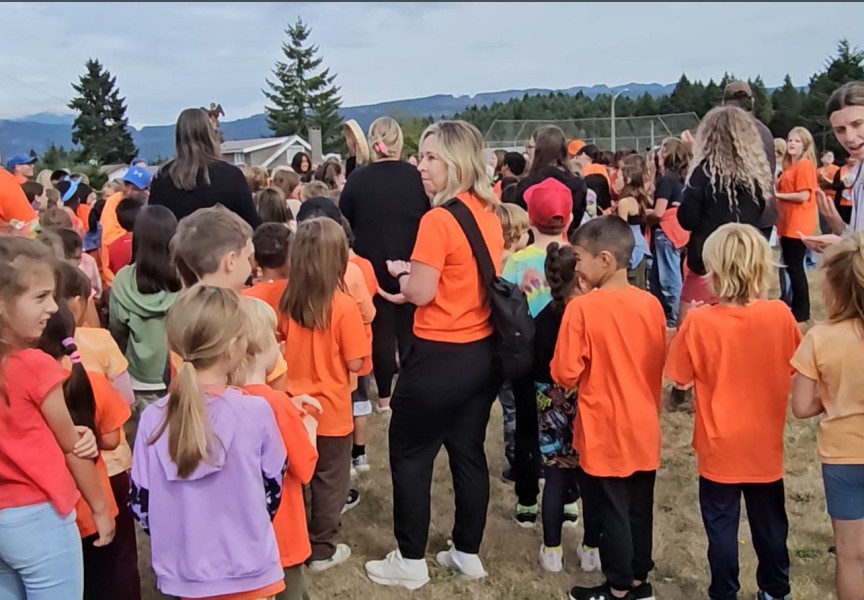As a young student many years ago, Hugh Braker read in a school history text a deeply hurtful reference to Indigenous people in Quebec as “savages.”
“I still remember that today,” he said. “It really hurt at the time and it continues to bother me today.”
It has also been a long time, decades in fact, since First Nations began negotiations to take back control of their children’s education. Braker is Tseshaht’s negotiator for what is referred to as the “education jurisdiction initiative,” a long-track process to achieve that goal.
“It has been a long time,” he said. “The federal government dropped out of negotiations when Harper was elected. Negotiations essentially came to a standstill.”
The initiative was co-developed by the First Nations Education Steering Committee (FNESC), a body set up in 1992 that acts under the direction of First Nations involved. Another important step came in 2006, when First Nations, federal and provincial representatives signed a suite of jurisdiction agreements and the First Nations Education Authority was established.
In 2014, the Nuu-chah-nulth Unity Declaration, signed by all Nuu-chah-nulth nations, called for full authority and jurisdiction over the education of their children, one “grounded in our culture and language, and equitably funded and resourced.”
Jurisdiction talks finally resumed when the Trudeau Liberal government took office in 2015.
“It affects three tribes, Tseshaht, Ditidaht and Ahousaht,” Braker said. “All are applying for jurisdiction. We’re at different places in the negotiations. I would say Tseshaht might be the furthest along.”
Last week, the path reached another major milestone. Legislative amendments to the First Nations Education Act, Teachers Act and Criminal Records Review Act will create a new certification and regulation process across the province in communities taking part in the education jurisdiction initiative.
This means participating First Nations, a core group of 14 spearheading the initiative, will be able to certify and regulate teachers who work in schools under their jurisdiction. Another 100 or so First Nations are waiting to see results before pursuing the same initiative.
Education Minister Jennifer Whiteside said the changes represent a step forward in the NDP government’s reconciliation commitments, including a commitment to advance educational outcomes for Indigenous students.
“Education can and must play a key role in reconciliation and in creating a future of equity and justice for all,” she said.
The legislation will also change composition of the British Columbia Teachers’ Council, the provincial body whose responsibilities include establishing certification, conduct and competence standards for provincial teaching certificate holders. The changes ensure representation on the council by the First Nations Education Authority, which is comprised of representatives appointed by participating nations.
“The B.C. First Nations education jurisdiction initiative, including our ability to certify and regulate teachers who we know are the right fit for our schools and students, is a true reflection of First Nations control of First Nations education, which we have been advancing for decades," Braker said.
Behind the initiative stands a firm belief that greater authority over teacher certification and regulation, although they constitute only one step in the process, will lead to improved educational outcomes for First Nations students.
“We appreciate the opportunity to work with the Province of British Columbia on this ground-breaking initiative,” said Tyrone McNeil, president of the FNESC. “Supporting First Nations in certifying and regulating teachers in their own schools is fundamental to their exercise of jurisdiction.”
Talks continue as the initiative makes progress toward full educational autonomy across the board in First Nations education. Negotiations are complex, especially when it comes to working out who pays for the education of students who may come from a variety of Indigenous backgrounds and communities, Braker noted.
“Jurisdiction, we think, is going to help us. We’re hoping we’re going to get exactly what we’re looking for. Federal and provincial governments had their chance. They blew it,” he said, describing the federal attempt a “horror show” rather than a school system.
He characterized the public-school system as “extremely Euro-centric,” his school-age experience illustrating the point. The ultimate goal in his community is to provide a Tseshaht-centred education across a full range of subjects.
“My point is that the province had its chance,” he added, referring to educational track record down through the years of Indigenous students enrolled in public school education. While those closely measured educational outcomes have shown substantial improvement in recent years, they still trail those of non-Indigenous students.
On the other hand, Haahuupayak elementary school has grown so popular that it is filled to capacity, supplemented by a couple of portables to meet high demand. Seventeen students had to be turned away this year. That popularity reflects the degree of confidence that First Nation families, not only in the immediate community but in surrounding communities, have in the school, Braker said.







